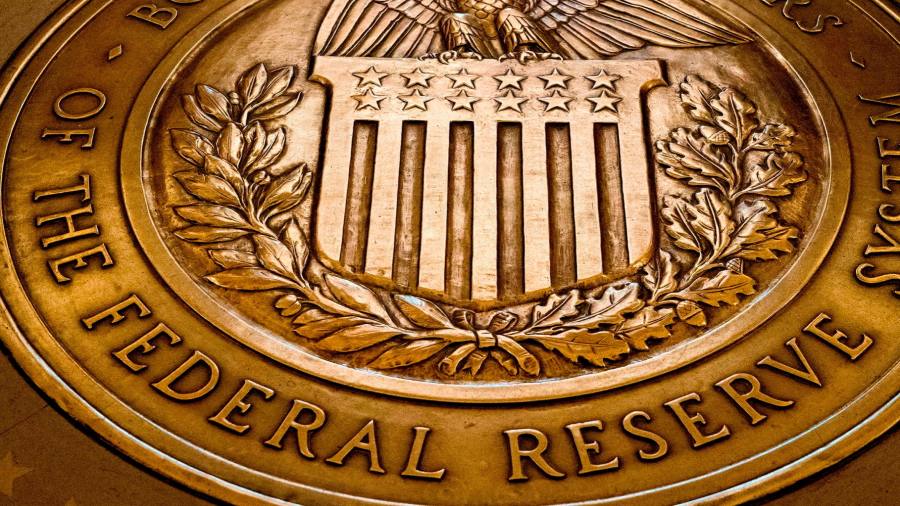Receive free US banks updates
We’ll send you a myFT Daily Digest email rounding up the latest US banks news every morning.
JPMorgan Chase, Goldman Sachs, Morgan Stanley and Wells Fargo are among the large US banks that are planning higher payouts to shareholders after government-mandated stress tests this week indicated they will be subject to lighter capital requirements.
The stress test results, and potential shareholder windfalls, are a respite for US banks as regulators are finalising potentially stricter capital standards.
The Federal Reserve on Wednesday released the results of its annual stress tests, showing the largest 23 US banks would lose $541bn in a hypothetical doomsday economic scenario but still have sufficient capital to absorb losses.
Banks used the results to update investors on their dividend plans late on Friday. Several banks whose minimum capital requirements fell were able to free up resources for higher shareholder payouts.
JPMorgan said it will lift its quarterly dividend to $1.05 a share from $1, Morgan Stanley will raise its to 85 cents from 78 cents and Wells Fargo’s will increase to 35 cents from 30 cents. Goldman said it planned to boost its dividend to $2.75 per share from $2.50.
Unlike the others, Citigroup’s minimum capital requirement will rise to 12.3 per cent of risk-weighted assets, from 12 per cent last year, as a result of this year’s stress test.
Nonetheless, Citi said its board had approved a dividend increase to 53 cents a share, from 51 cents.
“While we would have clearly preferred not to see an increase in our stress capital buffer, these results still demonstrate Citi’s financial resilience through all economic environments, including the severely adverse scenario envisioned in the Federal Reserve’s stress test,” Jane Fraser, Citi’s chief executive, said in a statement.
Morgan Stanley said it was reauthorising a $20bn stock buyback plan. JPMorgan and Wells Fargo both said that they had capacity to repurchase shares.
“The Federal Reserve’s 2023 stress test results show that banks are resilient — even while withstanding severe shocks — and continue to serve as a pillar of strength to the financial system and broader economy,” JPMorgan chief executive Jamie Dimon said in a statement.
Morgan Stanley chief executive James Gorman said the dividend decision reflected the bank’s “strong capital position”.
The results of the tests are used to determine the so-called stress capital buffer for the largest US banks starting from October. This is the amount of common equity tier one capital they must hold in excess of regulatory minimums relative to their risk-weighted assets.
As long as banks match or exceed the requirements, they are free to devote capital in excess of the minimums to dividends or buybacks.
Despite the lighter capital needs for some banks, there is anxiety in the industry that final US implementation of new international standards will ultimately mean that banks again have to hold more capital.
The Fed and other US banking regulators will publish proposals for how to enact the international standards for calculating risk-weighted assets, known as the Basel III endgame rules. Analysts and bank executives anticipate these rules will mean American banks will have to hold more common equity tier one capital.
Dimon said JPMorgan remains “prepared for a broad range of potential outcomes, including potentially higher future capital requirements from the finalisation of the Basel III capital rules”.
Read the full article here



